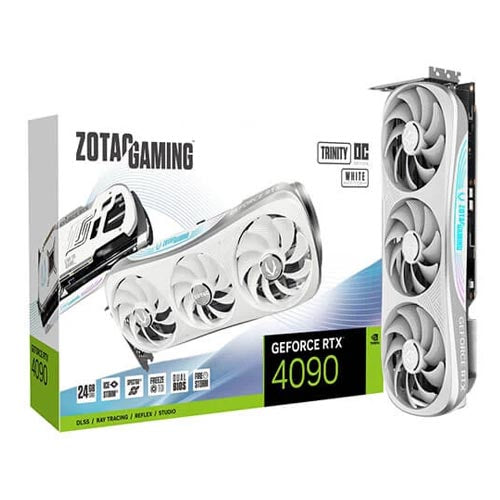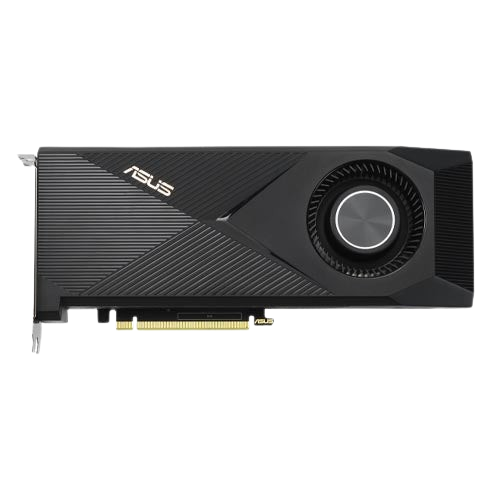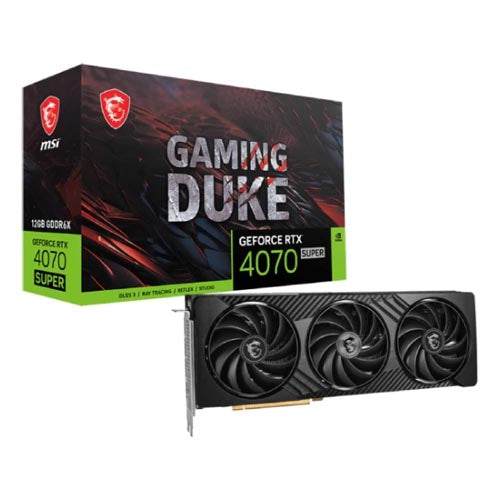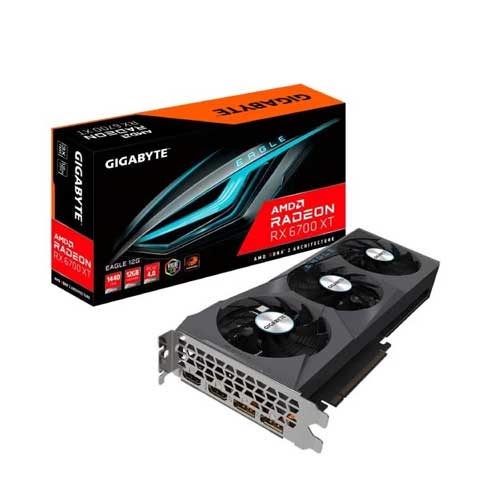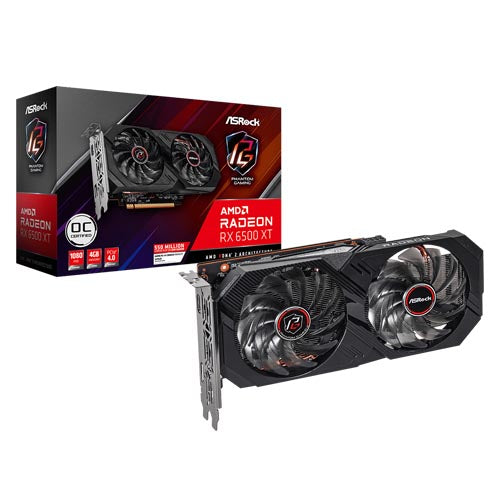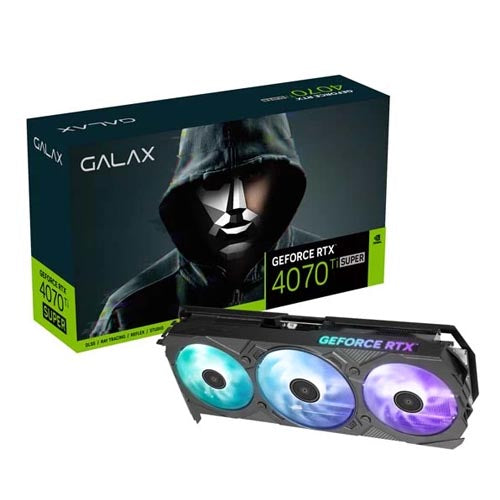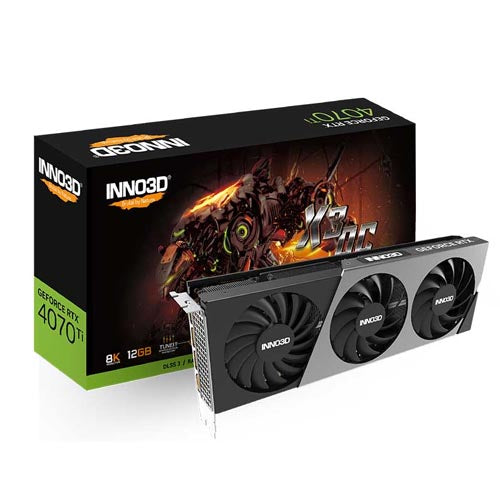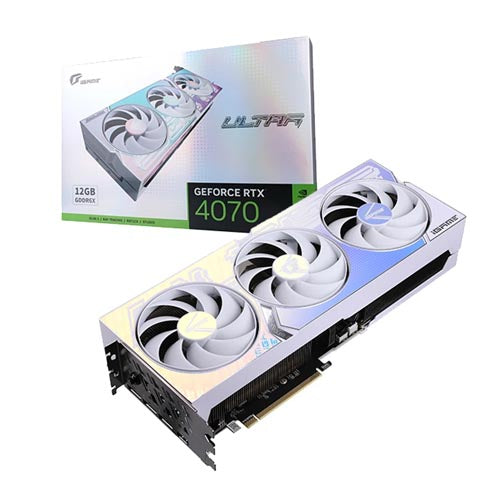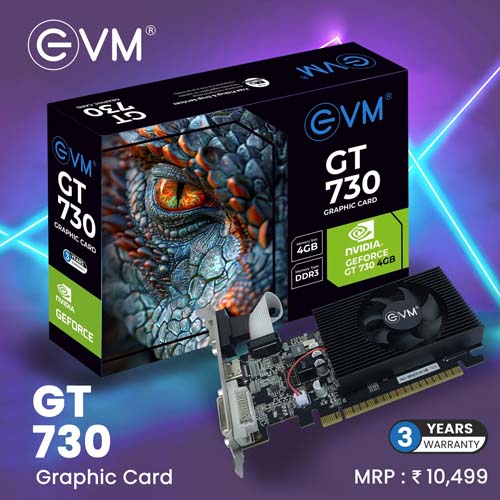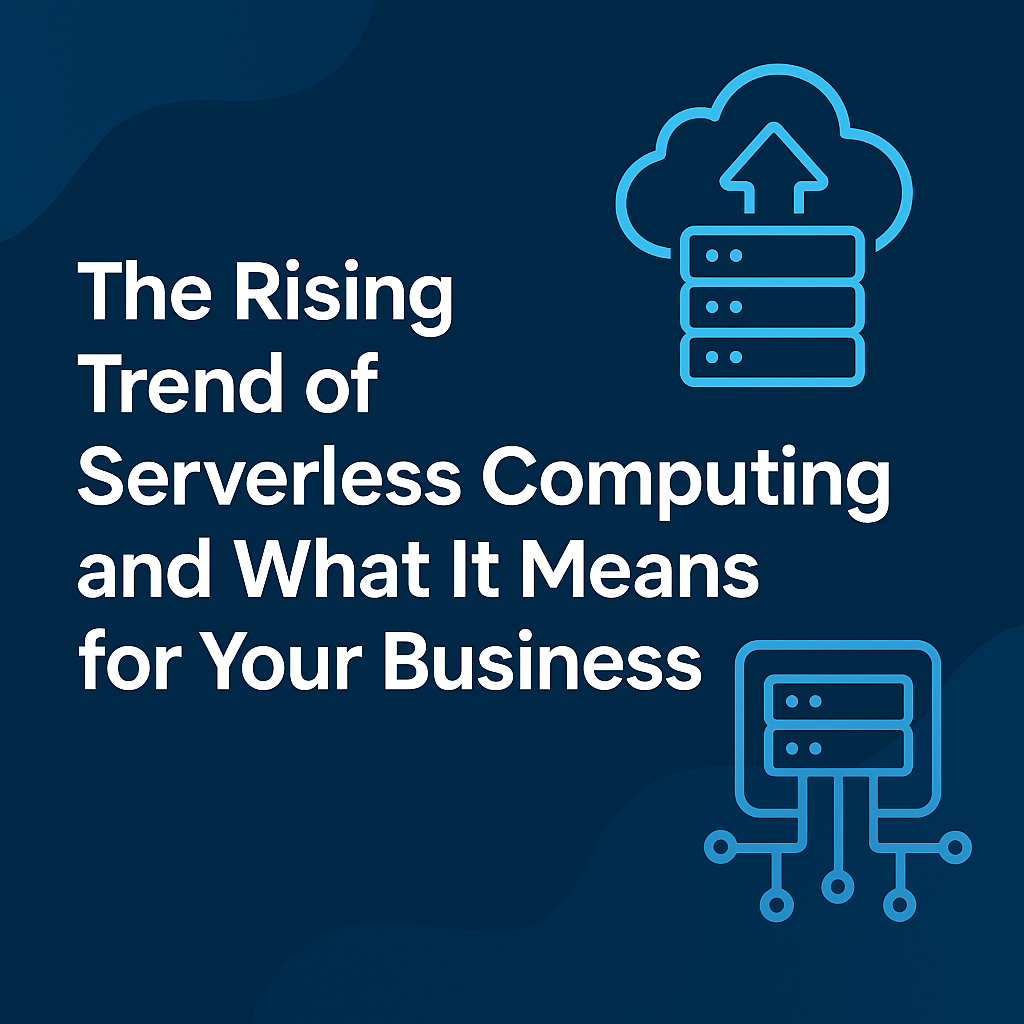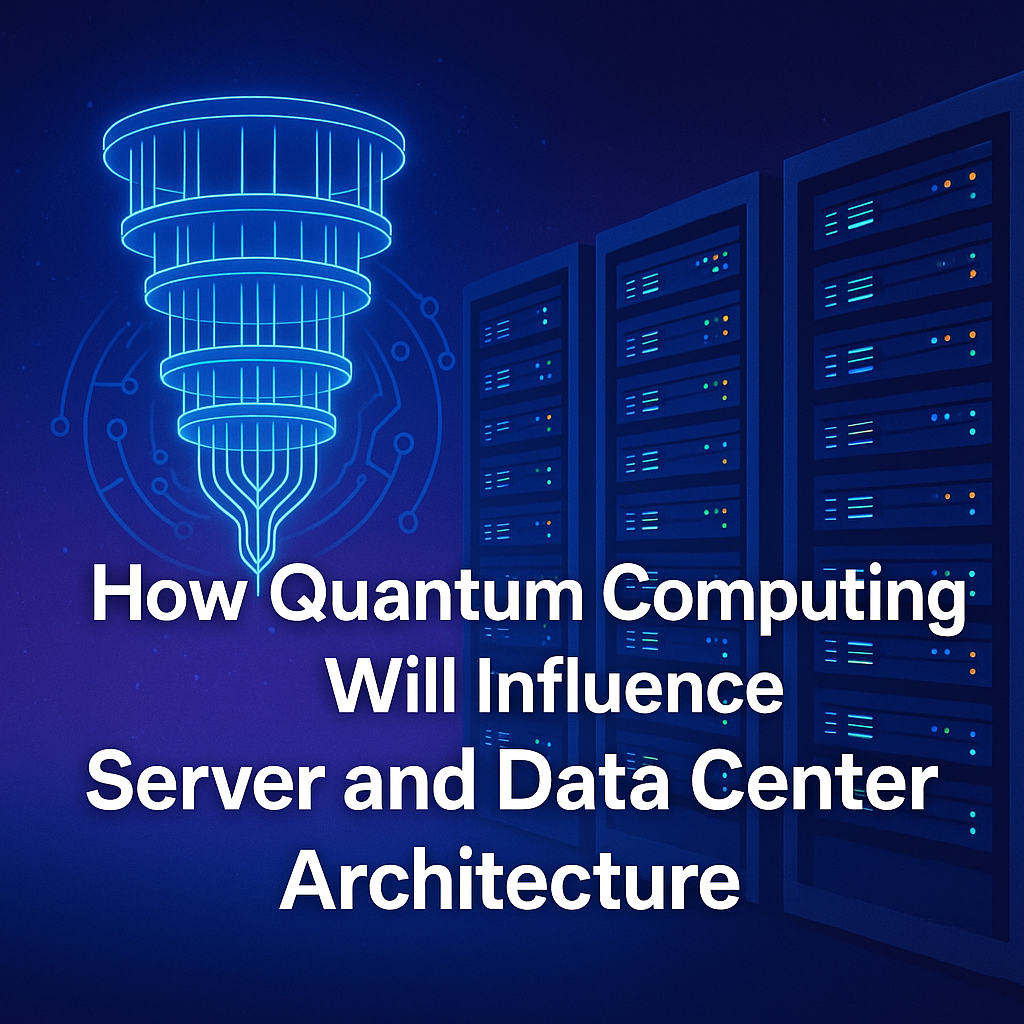
As enterprises scale and digitize, they face an unavoidable truth: yesterday’s IT infrastructure cannot handle tomorrow’s workloads. From AI-driven analytics to remote collaboration, and from IoT ecosystems to cloud-native applications, the demands on hardware, storage, compute, and networking are multiplying fast.
At Zortex Computers, we've worked with hundreds of organizations in building future-ready infrastructure. This blog is our technical guide to preparing your IT stack for a landscape defined by hybrid workloads, data-heavy applications, and AI at the edge.
Evaluate Your Current Infrastructure Baseline
Before designing for the future, conduct a detailed audit of your existing hardware and software ecosystem.
What to check:
-
-
CPU usage trends (underpowered or overprovisioned?)
-
Storage bottlenecks (I/O performance, latency)
-
Network traffic patterns (North-South vs East-West)
-
Virtualization density (VM sprawl, container usage)
-
Workload compatibility with cloud migration
-
Use tools like:
-
-
Nagios, Zabbix for monitoring
-
Nmap, NetFlow analyzers for network mapping
-
CMDB systems like ServiceNow for inventory tracking
-

Architect with Modular & Scalable Components
Your infrastructure must grow horizontally (scale-out) and vertically (scale-up).
Compute:
-
-
Use dual-socket servers with room for CPU upgrades.
-
Go for EPYC or Xeon Scalable processors to support virtualization and AI inference.
-
Storage:
-
-
Adopt hybrid storage with NVMe for speed and HDD arrays for bulk capacity.
-
Use RAID 10 or 50 with controller cache + battery backup.
-
Memory:
-
-
Opt for ECC DDR5 or scalable RDIMMs.
-
Ensure expansion slots are not all populated from day one.
-
At Zortex, we configure systems with future expandability in mind, from hot-swappable bays to BIOS-level firmware flexibility.
Shift Toward Hybrid Infrastructure
A modern IT infrastructure is no longer 100% on-prem. Hybrid design combines:
-
-
On-prem servers for security and latency-sensitive workloads.
-
Cloud platforms (AWS, Azure, GCP) for burst compute and DevOps agility.
-
Edge devices to process data locally in real-time environments.
-
Zortex Hybrid Blueprint:
-
-
Use vSphere or Proxmox as the base hypervisor.
-
Extend with OpenStack for private cloud control.
-
Integrate cloud APIs via Terraform or Ansible.
-
Secure workloads using SD-WAN and Zero Trust Networks.
-
This combination lets you manage critical apps in your DC while leveraging cloud elasticity when needed.
Prepare for AI & High-Performance Workloads
AI and ML are no longer optional—they’re integral to analytics, automation, and customer experience.
AI-Ready Server Setup:
-
-
GPUs: NVIDIA A100, L40S, or RTX 6000 Ada (depending on training vs inference).
-
RAM: 256 GB+ for data-heavy models.
-
Storage: All-NVMe arrays with PC
-
Also consider MLOps stacks like:
-
-
Kubeflow, MLflow
-
ONNX Runtime for model compatibility
-
Zortex provides pre-validated GPU servers with certified drivers and optimized airflow for sustained performance.
Adopt Virtualization & Contai nerization
Don't scale with physical servers alone. Use hypervisors and container orchestration to consolidate and accelerate workloads.
-
-
Proxmox VE or VMware ESXi for virtualization
-
Docker + Kubernetes for container orchestration
-
Enable VM live migration, high availability, and backup snapshots
-
We recommend using CephFS or GlusterFS as backend storage for Kubernetes clusters to support stateful workloads.
Implement a Security-First Infrastructure Design
With more endpoints and APIs comes greater risk. Design infrastructure with zero trust and hardware-level security in mind.
Security checklist:
-
-
TPM 2.0 and UEFI secure boot
-
IOMMU and PCI passthrough controls
-
Firewall zoning for VLANs and DMZs
-
2FA and RBAC for access governance
-
Hardware intrusion detection (via BIOS & chassis alerts)
-
We also offer firewall appliances (e.g., Fortinet, Sophos) as part of our infrastructure bundles for a secure perimeter.
Invest in Observability & Automation
Manual configuration doesn’t scale. Adopt tools for:
-
-
Configuration management (Ansible, Puppet)
-
Monitoring & alerting (Prometheus, Grafana, Netdata)
-
Infrastructure-as-Code (Terraform, Pulumi)
-
Logging and SIEM (ELK Stack, Graylog)
-
You should know when disk IOPS spike, when CPU temps breach thresholds, or when unauthorized SSH is attempted—all in real time.
Zortex integrates these into your deployment packages, so you're not just future-ready, you're insight-driven
Design for Disaster Recovery & Redundancy
Downtime isn’t just a technical issue—it’s a revenue and trust killer. Your infrastructure should support:
-
-
Real-time replication (via DRBD or ZFS)
-
Snapshot-based rollback (with Restic or Borg)
-
Geo-redundant failover (multi-site configurations)
-
Automated backup validation (e.g., daily test restores)
-
Zortex offers DR-ready setups with failover clustering, dual power, and RAID-backed data paths for 99.99% uptime.
Plan for Edge Computing and Remote Access
As more data is generated at the edge (IoT, retail, manufacturing), your infrastructure must:
-
-
Run low-power edge nodes with real-time inference
-
Connect via LTE/5G routers with IPSEC tunnels
-
Sync with cloud or central servers using MQTT, REST APIs, or Kafka
-
Zortex edge units run on ARM or low-voltage Intel CPUs and support industrial SSDs, passive cooling, and Linux-based OS stacks.
Summary: Your Future-Ready IT Blueprint
Conclusion
Preparing your IT infrastructure for the future is not a one-time upgrade—it’s a strategic transformation. The world is moving toward AI-driven insights, edge-aware responsiveness, cloud-native apps, and secure hybrid operations.
At Zortex Computers, we don’t just sell hardware—we build infrastructure solutions that evolve with you. Whether you’re a startup building your first rack or a global enterprise deploying edge clusters, we help you prepare, scale, and succeed.
“Infrastructure is no longer just support—it’s your competitive edge.”
